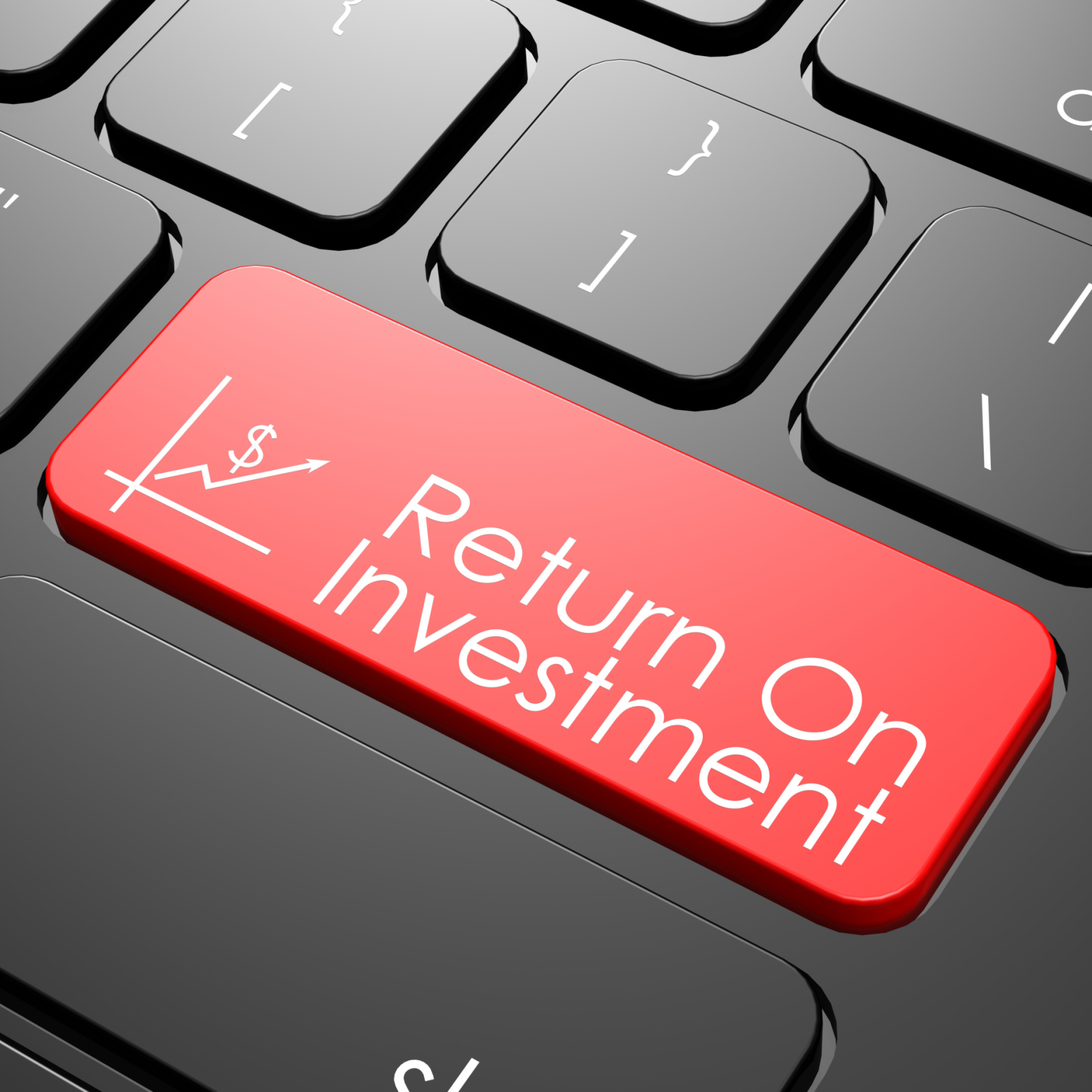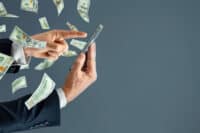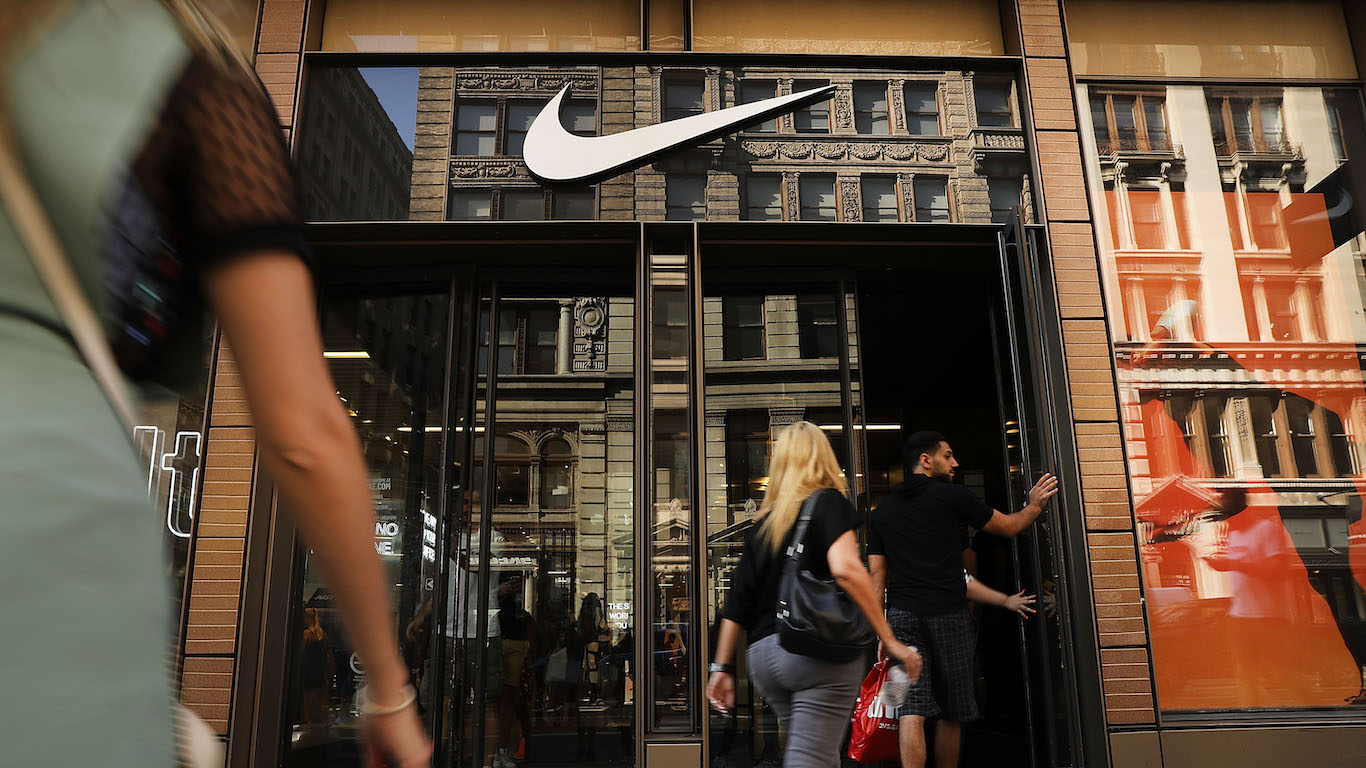
As the U.S. economy clawed its way back from the depths of the financial crisis, the stock market recovered too, only more quickly. Partly that was because of public companies’ share repurchases that have totaled more than $4 trillion since 2008.
According to the New York Post, for the period between 2010 and 2012, 449 of companies included on the Standard & Poor’s 500 index spent 54% of their earnings on share buybacks. That’s $2.4 trillion.
S&P reported in May that among S&P 500 stocks, buybacks totaled $536.4 billion in 2016. That’s not as much as the $553.3 billion in 2014 buybacks or the $572.2 billion in 2015 buybacks. It’s also the first time since 2008 and 2009 — during the recession — that there have been two consecutive years when buybacks declined.
For 2016 the 10 S&P 500 index companies spending the most on buybacks were:
- Apple Inc. (NASDAQ: AAPL): $33.7 billion
- General Electric Co. (NYSE: GE): $21.43 billion
- Allergan plc (NYSE: AGN): $15.08 billion
- Microsoft Corp. (NASDAQ: MSFT): $15.5 billion
- American International Group Inc. (NYSE: AIG): $11.46 billion
- McDonald’s Corp. (NYSE: MCD) $11.16 billion
- Citigroup Inc. (NYSE: C): $9.61 billion
- JPMorgan Chase & Co. (NYSE: JPM): $9.08 billion
- Johnson & Johnson (NYSE: JNJ): $8.99 billion
- Wal-Mart Stores Inc. (NYSE: WMT): $8.3 billion
Spending on buybacks rather than reinvesting to grow the business is usually at least partially a response to slowing consumer demand. There is no point to increasing productive capacity if consumers aren’t buying what you’re making.
Companies could choose to raise dividends or even issue a special, one-time dividend to return capital to shareholders. That’s less popular than buybacks because company management often doesn’t own big blocks of stock and therefore would not share in the dividend, at least not to the same degree as they benefit from a buyback which removes shares from the market and makes the shares that are left worth more.
Full-year 2016 shareholder return totaled $934.6 billion, down 2.2% from $954.5 billion for 2015. 2016 dividend payments totaled $397.2 billion, 3.9% ahead of the $382.3 billion paid in 2015.
Share-repurchase programs get the credit for most of the net inflows into U.S. stocks in the latest bull market according to a report cited by the Post.
A former executive with Citigroup, Richard Bowen, told the Post that he is worried the “massively manipulated” stock market “scares the crap” out of him.
Because interest rates are so low, many companies with enormous cash hoards borrow money to finance the buybacks, financial commentator Peter Schiff noted:
“They are going to have to sell their stock to repay the debt they can’t afford. That’s going to end up destroying a lot of shareholder value if corporations have to sell equity into a bear market.”
For now though, here are several bullet points from an S&P report published in May regarding 2016 shareholder returns and stock buybacks for the stocks that comprise the S&P 500 index:
- Issues reducing their year-over-year share count, which is used to define earnings per share (EPS), declined to 19%, after 11 consecutive quarters over 20%.
- S&P 500 buybacks are down 3.1% from 2014, but ex-energy they are up 3.6%.
- Total shareholder return increased to $239.1 billion (up 13.5%) for the fourth quarter of 2016, from $210.6 billion for third quarter of 2016, as dividends set a quarterly record ($103.8 billion); for full-year 2016, the return was $933.6 billion, down 2.2% from 2015’s $954.5 billion.
- 281 S&P 500 issues reduced their share counts for the fourth quarter of 2016, up from 257 for the third quarter of 2016, but down from 318 for the fourth quarter of 2015.
- Year-over-year share count reductions of at least 4%, which are seen as impacting EPS, declined to 93 for the fourth quarter of 2016, compared to 117 for the third quarter of 2016 and 120 for the fourth quarter of 2015.
Thank you for reading! Have some feedback for us?
Contact the 24/7 Wall St. editorial team.

 24/7 Wall St.
24/7 Wall St.



